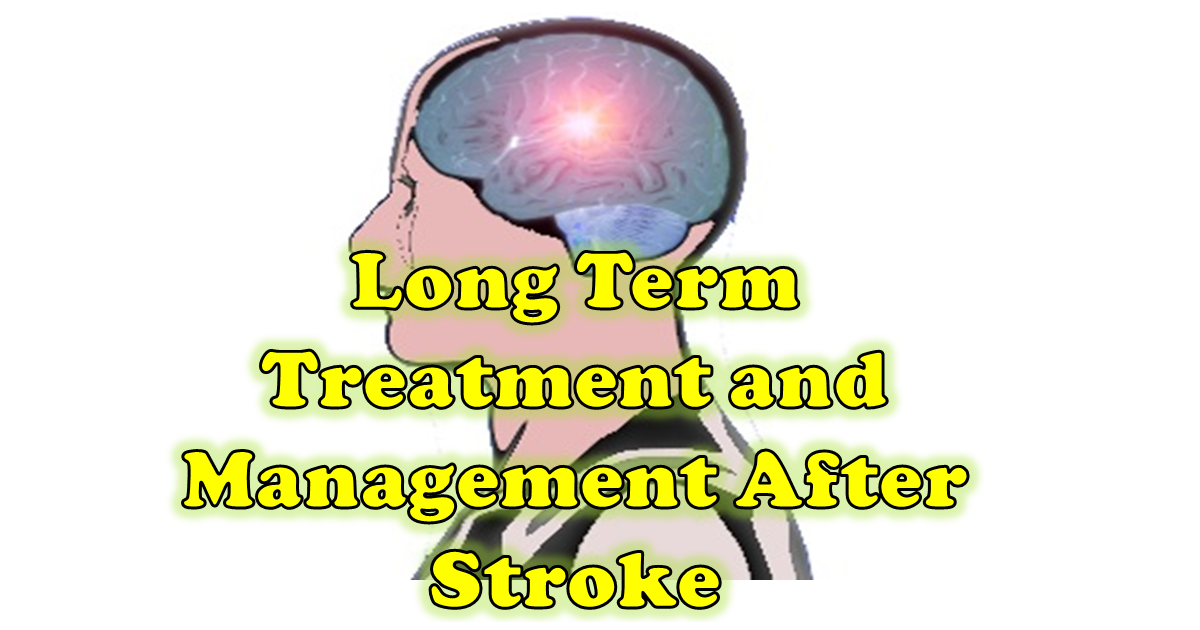Long term treatment after stroke
The long-term treatment goals of stroke are mainly 3. One. Making the organs that have been damaged in the body due to stroke function normally, two. Once they have a stroke, there is a high chance of having a stroke later, so providing treatment and counseling to prevent stroke again.
Strengthening weak organs
Physiotherapy: Physiotherapy is the main treatment for strengthening weak organs.
First, the elbow should do full range movement and the knee should do full range movement. The patient can be moved from bed to chair if the patient BP is normal. Research shows that if a patient is given physiotherapy for 30 minutes a day, 5 days a week, for 20 weeks, then most of the patients can walk.
Exercise not only strengthens weak arms and legs but also improves blood circulation. If people's hands and feet do not move, blood can clot inside the blood vessels, as a result of which the clot can go to the lungs and cause serious complications. It can even lead to death. Therefore people around the patient should remember that unless the patient is very seriously ill, arm and leg exercises should be started within a day or two of the stroke.
The main problem of stroke is a weakness of one part of the body i.e. arm and leg on one side. In medical science, it is called Hemiplegia. In many cases, only one leg and one arm may be affected and in special cases, both legs may be weak. But it is very less. It should be noted here that those who have one side weakness can also be of different types. Such weakness is so much that the patient cannot walk. Many weaknesses are not too many to walk with the help of many. Sometimes there is a weakness but the patient can walk on his own. A study of 800 stroke patients in Copenhagen found that 51% of patients could not walk. 12% of patients can walk with assistance. The rest can walk alone. After being treated in the hospital for a few days, the study showed that 22% could not walk during the holiday. 14% can walk with human help and the rest 74% can walk alone.
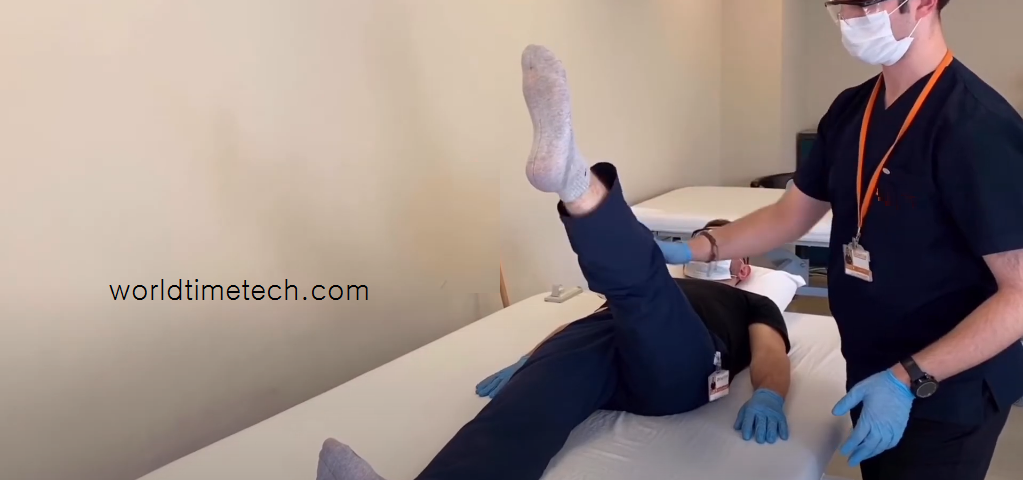
Physiotherapy is actually a collective name for several methods. Exercise, Massage, Cold & Hot Therapy, Electrical Stimulation & IRRI Electrical Stimulation can be of many types but the Physiotherapist will determine which type of Electrical Stimulation a patient needs. Exercise plays an important role in the debilitation caused by stroke. But in some cases, Electrical Stimulation is needed. Electrical Stimulation 2 types of FES and TENS. FES is used to increase meat strength. TENS is used to reduce pain.
If the patient is at risk of death, physiotherapy should not be started until the risk of death is over. But normal exercise can be done. Self-exercises can be done by yourself or with a helper. However, it is modern and scientific to do it through a physiotherapist.
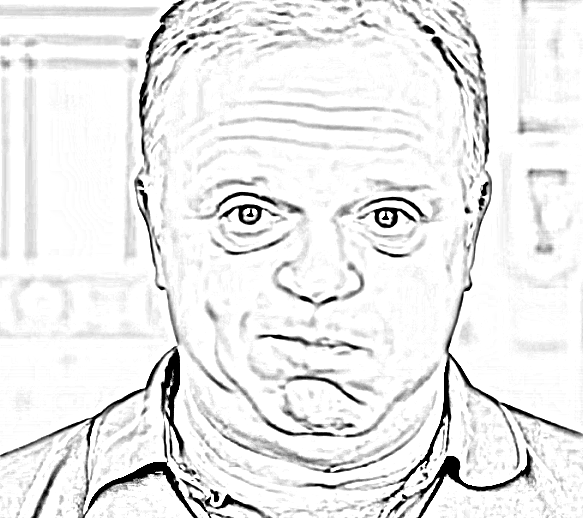
Speech Therapy
Not being able to speak is a common problem after a stroke. Some may not be able to speak at all, some may be able to speak but not with proper pronunciation, and many others may not be able to speak but can work with gestures. Studies have shown that 38% of patients admitted to hospital with stroke have difficulty speaking. Medically called Dysphasia.
Speech therapy and some medicines are currently recognized treatments in the world to cure dysphasia.
If a stroke patient has Dysphasia then Speech Therapy must be given through a Speech Therapist. for 2 hours per week and may take up to 6 months to fully recover.
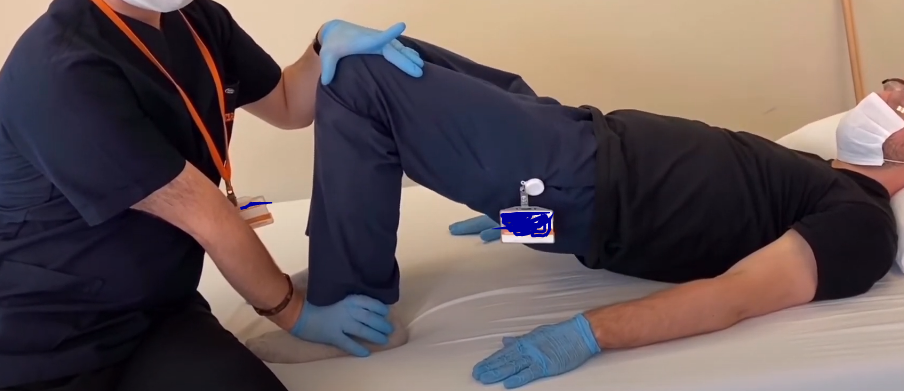
Walking and balance
After a stroke, one arm and one leg may become so weak that the patient cannot walk at all. Again there is a weakness but not severe so can walk but can walk with a limp. A stroke can cause other types of symptoms such as there are no weakness in the hands but the patient cannot keep balance while walking and falls which is medically called ataxia. Cerebellum stroke does not cause weakness but the patient cannot maintain balance.
Wheelchairs can be used for daily activities for those who cannot walk at all. Ambulators should walk during the day with the help of others.
People suffering from Imbalance should not try to walk because a sudden fall can cause serious head injuries. So there are many types of devices available in the market through which ataxia patients can walk and there are some exercises that ataxia patients can do to slowly regain the ability to walk normally.
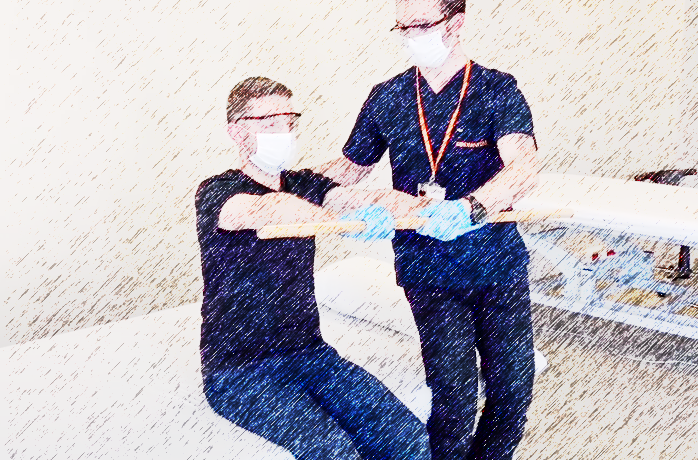
Food and Nutrition
Food is an essential element in human life. We live through food. Food gives us energy and plays a physical role. Therefore, if the food is not eaten properly, the body will become weak and the body weight will also decrease. So diet after stroke is very important for the patient.
Studies have shown that it is difficult to eat for two weeks after a stroke, and coughing occurs when eating. If this condition occurs, food should be stopped by mouth and feeding should be done through a nasogastric tube. After a few meals, most patients have no problems and can eat on their own.
But some patients may have this problem for a long time. The process we eat is called the Deglutition reflex. This reflex is damaged due to a stroke, making it difficult to eat. How many exercises are done to strengthen this reflex? For example, muscle strengthening exercises: Super high weight exercises can increase the opening of the upper part of the esophagus and prevent food from going into the lungs.
Dysphagia can also be resolved through tongue exercises. It is also possible to get some relief from Dysphagia with Electrical Stimulation.
After a stroke, many patients can only drool. In that case, taking medicine like Amytriptiline is beneficial.
Urinary problems and what to do
The process by which we urinate is called the micturition reflex, many people do not have any problems urinating after a stroke. But it is seen that many people get stuck in urine and many people can urinate involuntarily.
But studies have shown that 40%-60% of patients who are hospitalized with stroke are hospitalized with urinary problems, and 25% of patients still have problems when they are discharged from the hospital.
Bedwetting is an unusual situation for the family. Relatives may become bored after being cared for a while. So it is better to treat catheters if urinary problems are in a stroke patient. If you want to use the catheter for a long time, you must take care of the catheter. The catheter should be changed every 30 days or 21 days. Since the catheter is an external object, the infection can spread through the body. Therefore, all patients who need to use a catheter must take antibiotics as prescribed by the doctor. It is possible to exercise the micturition reflex through the catheter. The exercise is to tie the tube of the catheter with a thread and release the tie when the patient has a flow of urine. By doing this exercise, when the micturition reflex is regained, the catheter can be removed.
Depression and Emotion
A man used to work, do various social work, do family work, hang out with people, talk, and sometimes make a storm at the tea table with politics. That person suddenly has a stroke and cannot walk. He is not doing well at work, he is not able to do his work properly, and now he is not able to go outside the house to hang out.
The sudden fall of rhythm has thrown the man into disarray. Because of this people suffer from depression. Studies have shown that 30% of stroke patients suffer from depression. Psychotherapy and anti-depressant drugs can be given to stroke patients for depression. There are many types of anti-depressant drugs available on the market.
Many patients become overly emotional after a stroke. Studies have shown that 10% of stroke patients suffer from emotional lability. Some patients cry a lot and some patients laugh excessively for no reason. Cry when there is no need to cry or laugh when there is no need to laugh. Two things work behind being emotional. First of all: I may have done some serious wrongdoing as a patient and Allah has given me this punishment. Secondly, if the part of our brain that controls our emotions is damaged due to a stroke, people become emotional.
Excessive crying and laughing make social and environmental life difficult. Psychotherapy should be given in person for this emotional condition and anti-depressant medication can be beneficial.
Ways to prevent recurrent strokes
Once a person has had a stroke, they are more likely to have another stroke. Studies show that 20% of stroke patients suffer from a second stroke within one year. Relapses greatly increase the patient's risk of death and decrease the chance of recovery. So a stroke patient should not live like any other human being. How many rules and formulas do they have to follow? How many habits and medicine habits should be developed and some habits should be abandoned? The following rules should be followed to avoid repeated strokes.
Smoking: There is a word written on the cigarette packet that smoking causes a stroke. Even after reading the word, we are not aware. Another thing to remember is that if someone does not drink Dharma but someone else smokes sitting in the house, it will also be equally harmful. Many harmful substances enter the blood of our bodies when we smoke. Some of them accumulate in the blood vessels and help to cause blood clots in the blood vessels and act as an important cause of stroke. The extent of damage caused by smoking depends on the number of cigarettes/bidis consumed per day and the number of years of smoking. Studies have shown that smoking cessation gradually reduces the harmful effects of smoking. Therefore, if a stroke patient has a habit of smoking, he must quit smoking because otherwise, he may have a stroke again within a few days.
High blood pressure
Although hypertension is not strictly controlled immediately after stroke, hypertension should be strictly controlled after 2 1/2 weeks. If high blood pressure is not controlled, the risk of recurrent stroke will increase. Many patients come to us with high blood pressure and after we treat them with medicine the high blood pressure comes under control and the patients then go off the medicine. When I asked them, they replied, Sir, my high blood pressure is under control. I have given up medicine now, it is actually a wrong idea. It should be remembered that high blood pressure is controlled by medication and if the medication is stopped, the blood pressure will rise again. It can then become more serious and cause a stroke again. One thing everyone should remember is that high blood pressure is a lifelong disease and medicine should be taken throughout life. In some cases, high blood pressure medication may need to be stopped temporarily, in which case it must be stopped on the doctor's advice. Hypertensive patients should take medication to keep systolic blood pressure below 140 mm and diastolic blood pressure below 90 mm. There are many high blood pressure medications available on the market. Studies have shown that some of these drugs prevent strokes in people who have had a stroke.
Like ACE inbibor and blocker like ramipril, olmisartan etc. This medicine is best after a stroke and prevents re-strokes.
Diuretics like Thiazid, Indipamide increase urine output in our body and reduce high blood pressure. Studies have shown that thiazide drugs prevent the recurrence of stroke. Therefore stroke patients should take such medicine to control high blood pressure as per the doctor's advice.
Control of blood cholesterol
One of the causes of stroke is high cholesterol in the blood. If blood cholesterol is high, you should eat less fatty foods, do physical exercise and take lipid-lowering drugs such as Atorvastatin. Stroke patients who have high cholesterol should take this medicine. Interestingly, stroke patients should take lipid-lowering drugs even if their cholesterol levels are normal or low. Studies have shown that taking Lipid-lowering drugs after having a stroke reduces the chance of having a stroke again. But remember to take medicine as per the doctor's advice. Because Lipid Lowering Drug causes many physical problems which only a doctor can assess.
Antiplatelet drugs
There are 3 types of blood cells in our blood. Red blood cells, white blood cells, and platelets. Anuchakrikika's job is to help with blood clots. When any part of our body is cut, the platelets (thrombocytes) act to prevent blood clotting and stop bleeding. Ischemic stroke is mainly due to blood blockage in blood vessels. So Anti Platelets medicine is very effective in this stroke. Just as this medicine is needed immediately after a stroke, this medicine is also needed to prevent stroke later. Anti Platelets drugs are Aspirin, Clopidogrel.
The main problem with this drug is peptic ulcer disease. So take medicine as per the doctor's advice and take medicine like Omiplazol along with this medicine. Many patients come to us who have received first aid treatment at Thana Health Complex or village doctors. It is surprising that they sent him to the hospital with Aspirin. Here it must be remembered that Aspirin is medicine for Ischemic Stroke and it is prohibited to give Aspirin in Haemorrgic Stroke. Aspirin in hemorrhagic stroke may worsen the patient's condition. Therefore junior doctors and village doctors are requested not to give Aspirin before CT Scan.
Treatment of heart disease
The heart is a pump machine. The heart pumps blood to all parts of the body. In some heart diseases such as Atrial Fibrillation and Valvular Disease, the blood clots in the heart and this blood clot goes to our brain through blood vessels and blocks blood vessels, and causes Ischemic Stroke. If someone has a stroke due to heart disease and the heart disease is not treated, they can have another stroke. Therefore, stroke patients should be checked for heart disease and treated if they have heart disease.
Carotid artery disease
A major cause of stroke is the accumulation of fat in the carotid artery causing atherosclerotic plaque. Carotid Artery originates from the heart and goes to the brain from both sides of the neck and supplies blood to the brain. If atherosclerotic plaque is formed in the carotid artery, it often becomes atherosclerotic plaque and reaches the brain through the blood vessels. Atherosclerotic plaque is a type of solid material. When it reaches the blood vessels of the brain, it blocks the blood vessels and causes ischemic stroke.
Therefore, if someone has an ischemic stroke, it is necessary to check whether there is an atherosclerotic plaque in the carotid artery. Atherosclerotic plaque can be checked by duplex USG and if atherosclerotic plaque is found then treatment should be done to prevent the recurrence of stroke.
Treating complications of a stroke
It is very important to take care of the patient as soon as the stroke occurs. If the patient is not properly cared for, pressure ulcers, his hands, and feet become stiff and crooked (Contracturce) and shoulder joint pain (Frozen Shoulder) are among the many complications.
Pressure Ulcer: Press Ure Ulcer
After a stroke, the patient is often unable to move on his own. Then he sleeps in anger. The rule is to keep it tilted and toss it every two hours. If it has been for a long time, then the part that is attached to the bed has an ulcer called a Pressure Ulcer.
If a pressure ulcer develops, the patient should be admitted to the hospital and regular dressing and antibiotic medication should be given. However, it should be remembered that pressure ulcers are difficult to cure even after proper treatment. So prevention is better than cure.
Nowadays, pneumatic beds are available in the market, which can be used to prevent pressure ulcers.
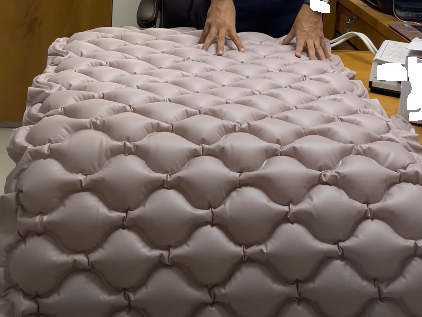 Arms and legs become stiff and crooked
Arms and legs become stiff and crooked
If not exercised immediately after the stroke, the weak arms and legs gradually become stiff (spasticity) and curved contracture. Exercise by a Physiotherapist if stiff and crooked. Exercise and electrical stimulation are given. Besides, there are some medicines that are used in spasticity and contracture. These medications are taken orally, such as Tizanidine, Baclofen, Diazepam, and Pregabalin. Botulinum toxin injection is given if the contracture does not improve with the above treatment. Once 1 injection is effective for 3 to 4 months.
Intrathecal Baclofen Infusion is beneficial for spasticity and contracture. If the spasticity or contracture is not good even with the above treatment, alcohol or phenol should be injected into the nerve. Also if all else fails then contracture is treated with surgery.
Shoulder Joint Pain
After a stroke, if proper exercise is not done, the pain in the shoulder joint is called Frozen Shoulder in medical science. A frozen shoulder causes severe pain and the patient cannot raise the arm by himself. The pain worsens at night. The characteristic of this Frozen Shoulder is that there is no problem when lifting someone else's hand, but when you lift your hand yourself, you feel severe pain. Many methods are used in the treatment of Frozen Shoulders such as systematic exercises, painkillers, electrical stimulation, and intra-articular steroid injections.
Hopefully, if you use the above medicines regularly and do Physiotherapy, your Frozen Shoulder will be completely cured.
